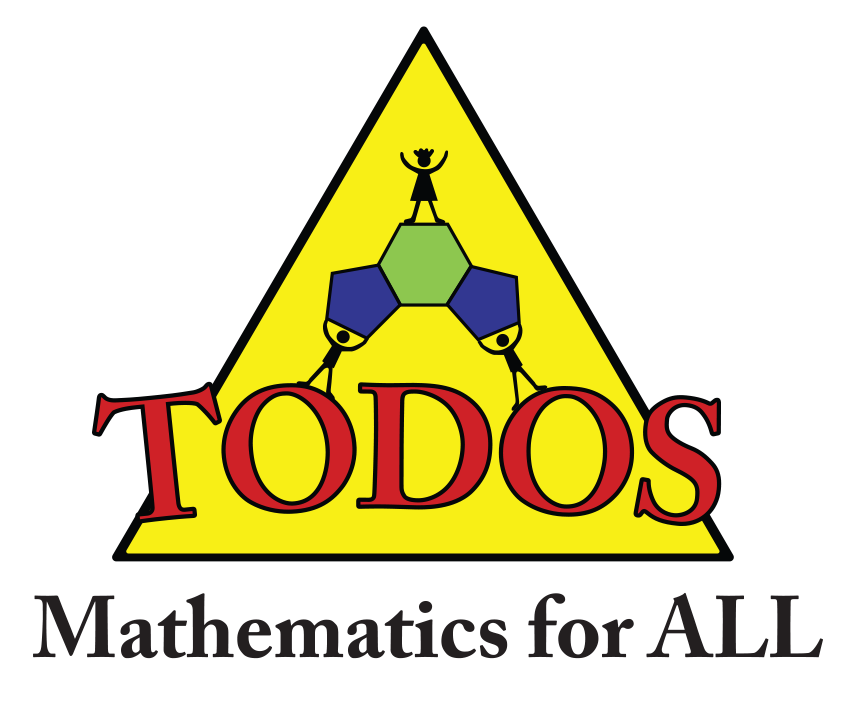Latino / Hispanic Data
The following is a collection of data and links to sources of data regarding Latino/Hispanic issues in education.
Research Centers
- Pew Research Center Hispanic Latino Statistics and Data
- National Assessment of Educational Progress (NAEP): The Nation’s Report Card
- CEMELA The Center for the Mathematics Education of Latinos/as: Research and Resources
- Just Equations: Research into the Mathematics Education Policies that Shape Opportunity for Latinx and Other Communities
Specific Articles of Interest
The English Learner Dropout Dilemma: Multiple Risks and Multiple Resources
Rebecca M. Callahan, California Dropout Research Center, UC Santa Barbara. February 2013.
Twenty to One: Wealth Gaps Rise to Record Highs Between Whites, Blacks and Hispanics
Pew Hispanic Center. July, 2011.
Statistical Analysis. June, 2011.
Summit Report: Increasing Latino Participation in Science, Technology, Engineering, and Mathematics (STEM) Careers [PDF format]
The contents of this report are based on the presentations and discussions from the 2008 IBM Corporation inaugural summit titled America’s Competitiveness: Hispanic Participation in Technology Careers, which was held May 5th-6th at the IBM Executive Conference Center in Palisades, New York. Funded by IBM, September 2008
2006 National Survey of Latinos: The Immigration Debate [PDF format]
The 2006 National Survey of Latinos is the first major public opinion poll of the Hispanic population since the pro-immigration marches and policy debate this year. It was conducted by telephone among a nationally representative sample of 2,000 Hispanic adults from June 5 to July 3, 2006. The survey has a margin of error of 3.8% for the full sample. Source: Pew Hispanic Center. Date: July 13, 2006.
Being bilingual may keep your mind young
Two languages are better than one when it comes to keeping the brain young, Canadian researchers reported Monday. Source: NBC News. Date: June 14, 2004.
How Race Counts for Hispanic Americans
There are nearly a million black Hispanics in the U.S., and they are more similar to non-Hispanic blacks than to other Hispanic racial groups. The fastest growing segment of the Hispanic community describes itself not as black or white, but simply as Hispanic. This report describes how race is counted among Hispanics, and shows that different Hispanic racial groups are very distinct in terms of socioeconomic status and residential patterns. Report by the Lewis Mumford Center. Publication date: July 14, 2003.
A RAND Panel Report. The panel identified three areas for focused R&D-development of teachers’ mathematical knowledge, teaching and learning of skills for mathematical thinking and problem-solving, and teaching and learning of algebra from kindergarten through grade 12. Rand Panel Chaired by Deborah Lowenberg Ball. Publication Date: April 2003
Status and Trends in the Education of Hispanics
Status and Trends in the Education of Hispanics draws on the many statistics published by NCES in a variety of reports and synthesizes these data in one compact volume. In addition to indicators drawn from existing government reports, some indicators were developed specifically for this report. The objective of this report is to make information about the educational status of Hispanics easily accessible to a variety of audiences. Cover Date: April 2003. Web Release: April 15, 2005. Publication #: (NCES 2003008). Authors: Llagas, Charmaine.
